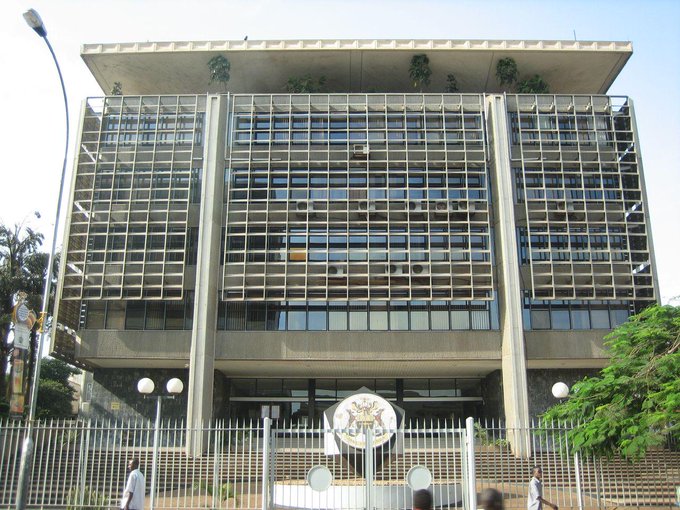The Bank of Uganda (BoU) State of the Economy report indicates the economy is expected to slowly recover following the lifting of the lockdown. In March, President Yoweri Museveni enforced lockdown on all major businesses, to curb the spread on the long term visitor, Covid-19.
According to the report, COVID-19 pandemic has affected both the demand and supply side of the country’s economy. It shows that the supply will initially recover in line with the easing of containment measures, demand will benefit only gradually from improvements in foreign demand and confidence levels, as well as continued support from fiscal and monetary policies.
“As the easing of the lockdown continues, the economy is expected to slowly recover, reflecting the effects of a slow rebound in both foreign and domestic demand and, subdued confidence on the part of households and firms,” reads in part the report adding that many consumers are expected to be hesitant to resume their previous spending patterns, partly due to fears of contracting the virus and uncertainty about earnings.
BoU notes that even those whose incomes were not affected may increase their need for precautionary savings. Furthermore, low exports of goods and subdued tourism receipts are projected to continue to weigh on economic growth given weaker global demand. Therefore, economic growth in Financial Year (FY) 2020/21 is projected in the range of 3.0-4.0 percent, further increasing to 5.0-6.0 percent in FY 2021/22. Economic growth is consequently expected to remain below the potential growth rate until FY 2022/23.
It shows that the economic outlook remains uncertain, largely because of the unpredictable intensity and duration of the pandemic. The downside risks to the economic growth projection include the possibility of a widespread and perhaps more severe second wave of the virus, requiring a complete lockdown, as well as, the locust invasion.
Uganda remains highly vulnerable to recurring episodes of global financial volatility, stemming either from continued global economic weakness or the uncontrolled spread of the COVID-19 pandemic. In addition, increasing Non-Performing Loans (NPLs) and high lending interest rates could delay recovery of Private Sector Credit (PSC) extensions to pre-COVID levels.
“On the upside, economic growth could turn out stronger than projected if the spread of the virus is contained, or if a vaccine or an effective treatment is available earlier than is currently being assumed. Such a scenario could lead to greater business and consumer confidence, factors which would likely lead to stronger economic growth.”
The path for CPI inflation over the next 12 months largely reflects the influence of containment measures particularly on public transport and increases in prices of imported consumer goods as a result of higher taxes to support import substitution. However, the decline in food crop and energy prices and subdued demand could partly hold inflation down. Core inflation is expected to peak at 6.1 percent in the first quarter of 2021, while headline inflation could peak at 6.2 percent. In the medium term, the inflation outlook depends primarily on the speed and strength at which demand and supply recover.
The reports shows that the balance of risks to the inflation forecast are assessed to be on the upside with core inflation expected to rise above the 5 percent target within 12 months, even though GDP growth is expected to remain below its potential levels. The major upside risks to the inflation outlook include a higher fiscal deficit and a more depreciated exchange rate due to the weakening external position. On the downside, domestic demand may take longer to recover despite the gradual easing of the lockdown.
Given the uncertainty surrounding the inflation outlook and taking into consideration the weak state of the economy in the midst of an unprecedented shock from the Covid-19 pandemic, the BoU maintained the stance of monetary policy and remained watchful of incoming data as to how the outlook unravels.
BoU maintained the CBR at Seven percent in August 2020. The band on the CBR was maintained at minus or plus percentage points, while the margin on the rediscount rate and bank rate was unchanged at 3 and 4 percentage points on the CBR, respectively.Consequently, the rediscount rate and the bank rate were maintained at 10 percent and 11 percent, respectively.







